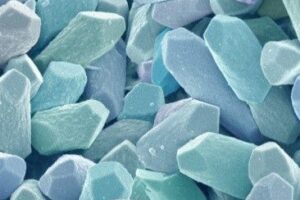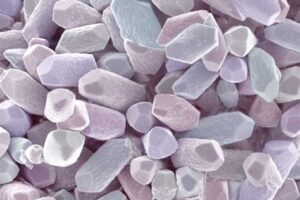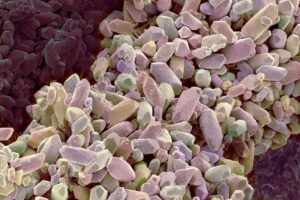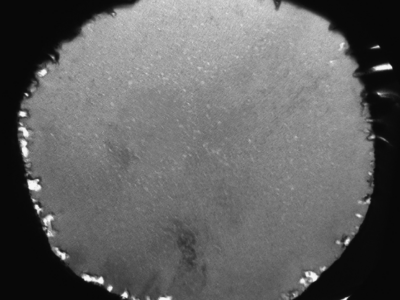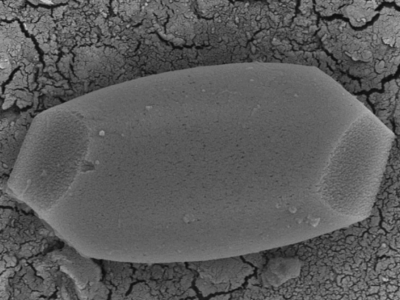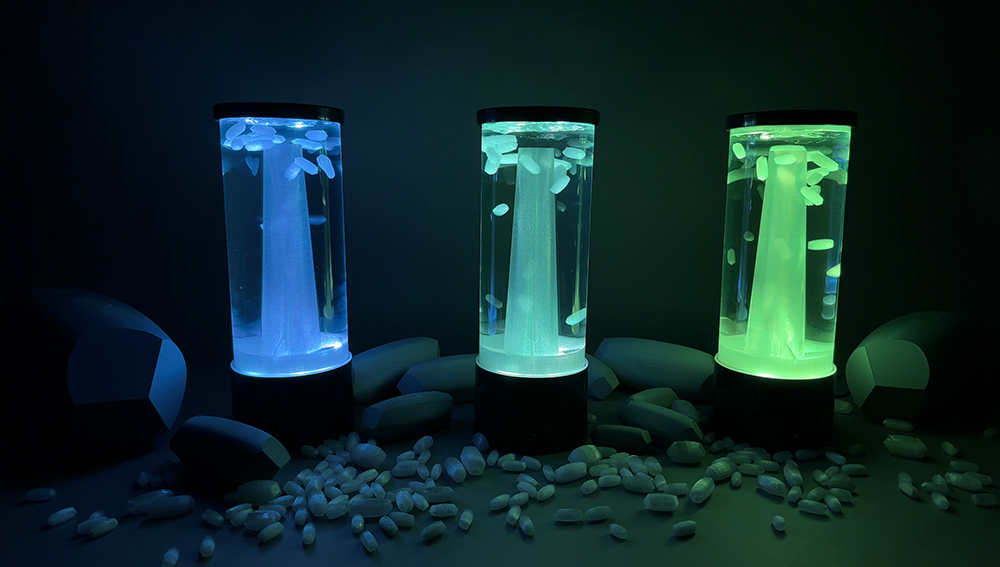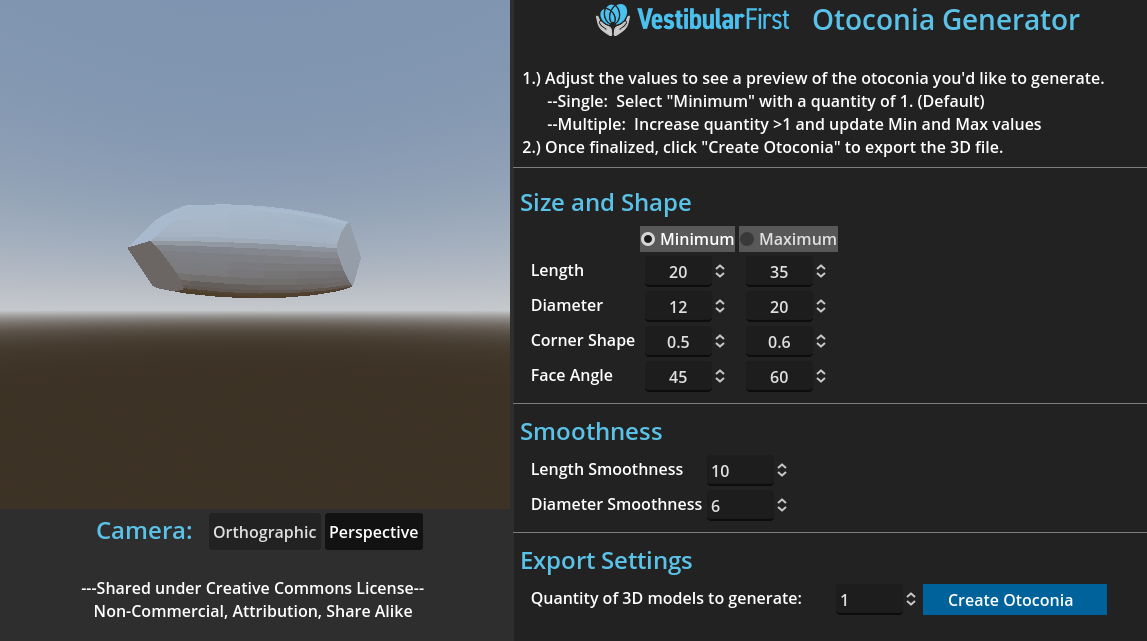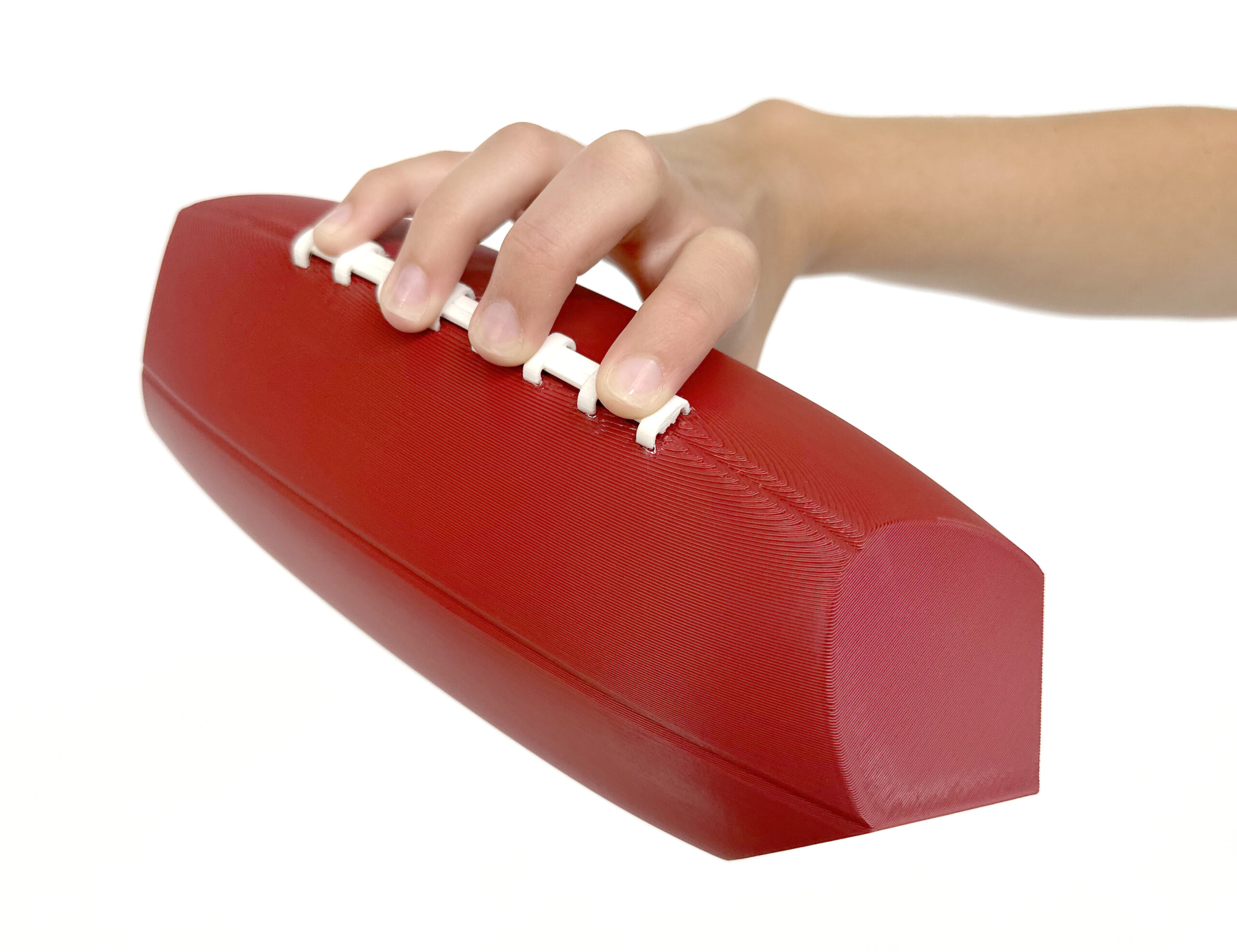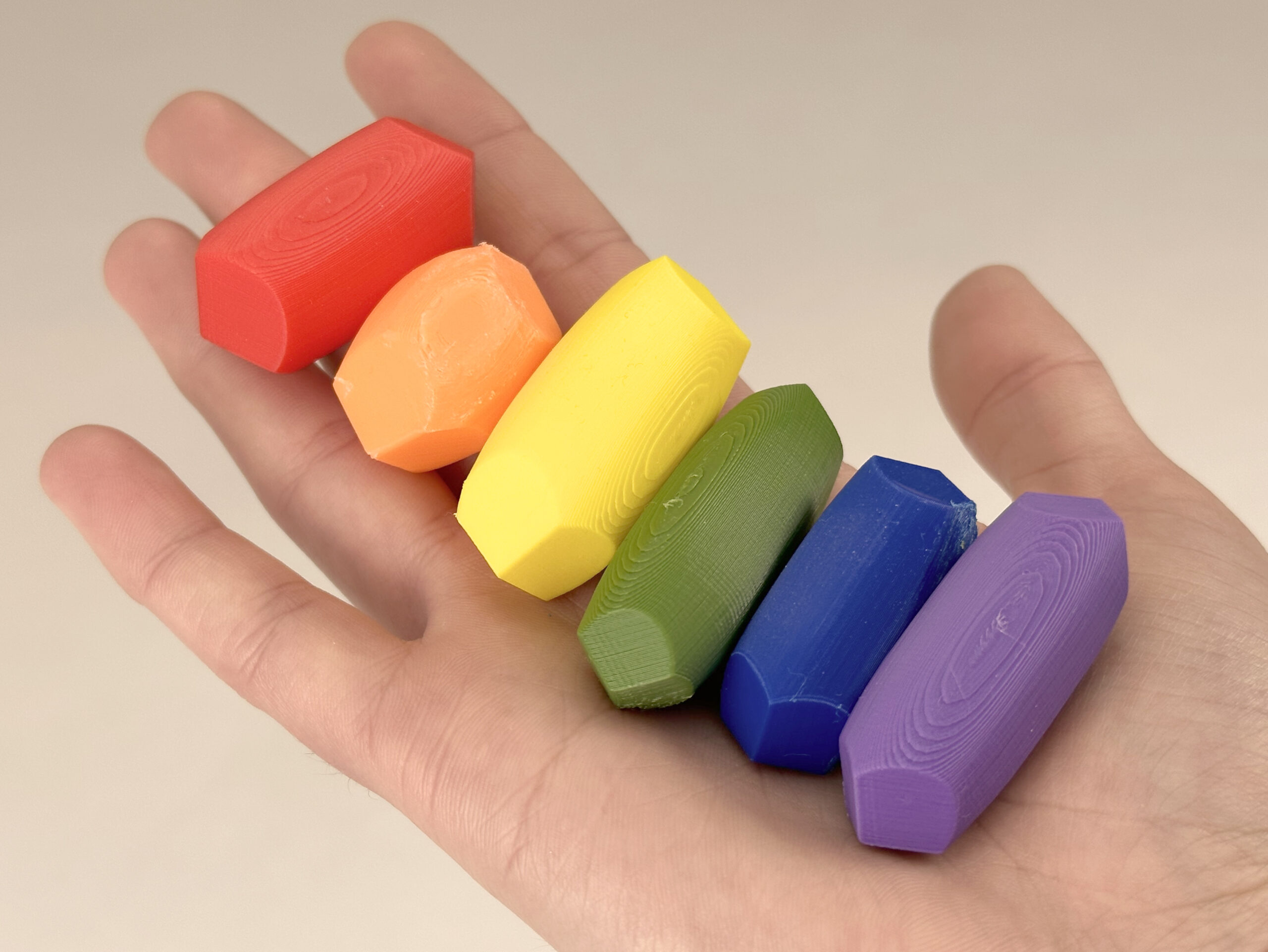Otoconia/Otolith Anatomy
The term otoconia originates from the Greek words “oto” meaning ear, and “conia” meaning dust–or “ear dust”. They are also known as otolith, which is a combination of “oto” and “lithos” which translates to “ear stones”. Both terms are close, but not quite correct since otoconia are actually crystals! Otoconia are tiny–yet crucial–calcium carbonate crystals that are pivotal in the balance systems of all invertebrates, including humans. Found in the vestibular apparatus of inner ear, these microscopic structures play a vital role in our sense of balance and spatial orientation. Take a look and see for yourself with these photos of these clusters of otoconia.
Recognizing the importance of otoconia in vestibular health, we have dedicated our efforts to developing highly accurate 3D models that illustrate their intricate structures. We worked with researcher Leif Walther and his work with analyzing the geometry of otoconia to create the most accurate 3D models of otoconia available. Varying in shape and size between 1 and 30 micrometers, their rhombohedral shape has 3 crystal faces on each end, with a rounded hexagon body. You can see this in the cross-sections that Dr. Walther made as part of the research. These images were used to develop the baseline of our 3D models:
- Otoconia Cross-Section (Width)
- Otoconia - Lengthwise
3D PRINTING PROJECTS
These models serve as an invaluable resource for clinicians and patients alike, enhancing understanding of balance disorders and their treatments. We invite you to explore our DIY 3D printing projects below, which showcase these detailed models.

